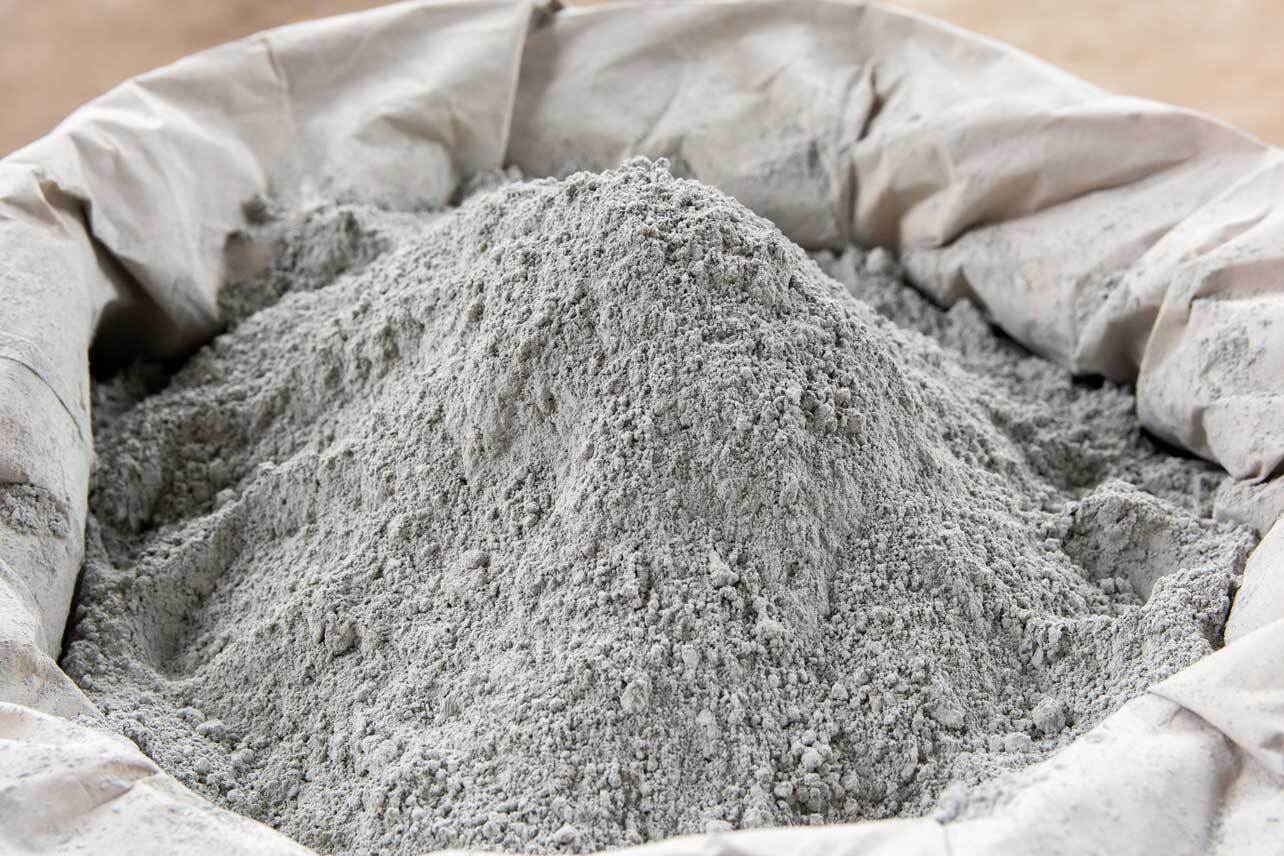Author: Aymeric Halvarsson
For decades, Portland cement has been the backbone of concrete. But producing just one ton of cement releases roughly one ton of CO₂. That adds up fast: cement production accounts for nearly 8% of global CO₂ emissions each year.
As pressure to decarbonize grows, the industry is rethinking what goes into the mix.
From fly ash and slag to newer alternatives like calcined clays, supplementary cementitious materials and alternative cements are becoming crucial.
This shift isn’t just about sustainability. It’s also reshaping how suppliers quote, communicate, and compete. In this blog, we’ll look at what’s driving the change, what materials are emerging, and how building material suppliers like you can stay ahead—and even lead this change—with the right tools in place.
What are supplementary cementitious materials and why are they important?
Supplementary Cementitious Materials include ingredients like fly ash, slag, silica fume, and others that partially (or completely) replace Portland cement in mixes.
SCMs are important for two reasons: they reduce the overall carbon footprint of concrete, and they often improve performance characteristics like strength, workability, and durability.
By replacing a portion, or potentially all of Portland cement, these materials can dramatically reduce C02 emissions while maintaining and improving durability and performance. As the built environment grapples with the pressure to decarbonize, these materials are no longer optional—they are essential.
SCMs are also a financial lever. When priced competitively, they can bring down material costs without sacrificing quality.
The shift in SCM and alternative cement material availability in recent years
Fly ash, a common SCM, is facing a reduction. Coal plant retirements have cut off a major supply stream of fly ash, and that’s sent suppliers looking elsewhere—namely, landfills.
While recovering fly ash from old disposal sites is becoming more common, it’s not a perfect solution. It requires processing and comes with quality and availability concerns.
At the same time, new SCMs and alternative cements are stepping into the spotlight:
- Ground glass pozzolan, Progressive Planet’s PozGlass 100G, developed by Progressive Planet, is gaining traction for its performance and scalability—offering a low-carbon, high-reactivity alternative that supports large-scale, localized SCM production.
- Natural pozzolans, including volcanic ash and pumice, are reentering the mix in areas with local supply.
- Recycled materials like rice husk ash and finely ground glass are being explored in pilot projects.
News of Microsoft agreeing to purchase over 600,000 tons of clean cement from Sublime Systems is an encouraging step in the right direction.

However, a large barrier to the adoption of these materials is awareness and the ability of customers to request them for jobsites.
Property developers, contractors, engineers, and architects are increasingly motivated to make the right choice, but often lack the most up-to-date knowledge to evaluate materials.
They need to be educated on the impact of these SCM and lower carbon alternative cements, clarifying performance data and gaining confidence that these will meet building codes, ESG targets, and project requirements—all at the correct budget and timeline.
Sales teams at building material producers can fill this gap, not only as vendors, but by putting this information at their fingertips.
But can you really lead this change if you’re still using outdated systems like spreadsheets to keep track of data? Let’s find out how this change is complicating the quoting process even more, and what you can do about it.
Why is this shift complicating quotes, and how can you stay ahead?
For suppliers, quoting has always been a mix of math, margin, and local knowledge. But as materials change, quoting is becoming even more dynamic—and risky.
Costs change faster than spreadsheets can keep up. Contractors may ask about mix performance and embodied carbon. A project spec might suddenly call for an EPD or specific SCM blend, and you need to explain the difference—not just in carbon, but in cure time and freight impact.
The quoting process now has more moving parts:
- Material costs vary by region and supplier
- Green mix specs change from job to job
- Customers want sustainability—but still expect tight timelines and pricing
- Margin risks increase when quoting tools don’t reflect real-time availability
That’s a lot to manage with outdated systems. But tools like Slabstack can help.
How can suppliers prepare (and help others) for this shift?
Building material supplier software like Slabstack gives sales teams the tools to respond quickly to a changing mix landscape:
- Real-time cost feeds mean quotes reflect today’s prices, not last month’s.
- Suppliers can auto-pull material-specific quoting with SCMs and/or alternative cements.
- Margin rules and bundling help teams highlight greener options, without giving up profitability, and including EPDs if relevant.
- Versioned quotes and fast revisions reduce delays when material availability or specs change.
- Insights by mix and region help suppliers stay ahead of trends, not just react to them.
As the incoming demand for these materials increases, it’s crucial for suppliers to build trust, provide transparency, and increase collaboration.
Suppliers who prepare for this SCM shift now will lead the market tomorrow. Learn more about how a specific building material supplier software like Slabstack can help.
Or, book a quick demo to talk to our experts directly and see Slabstack in action.
